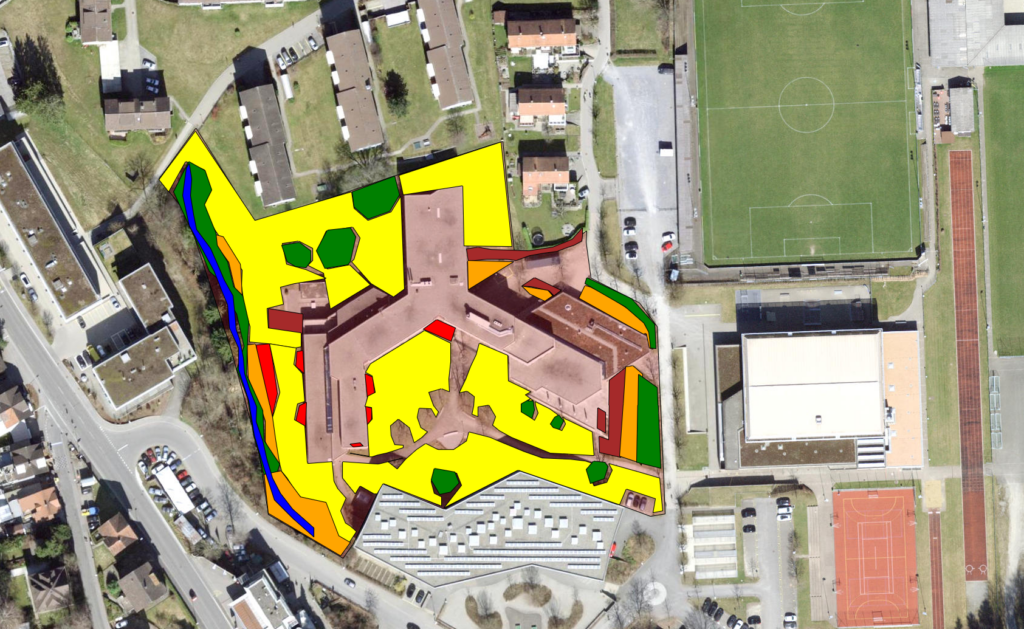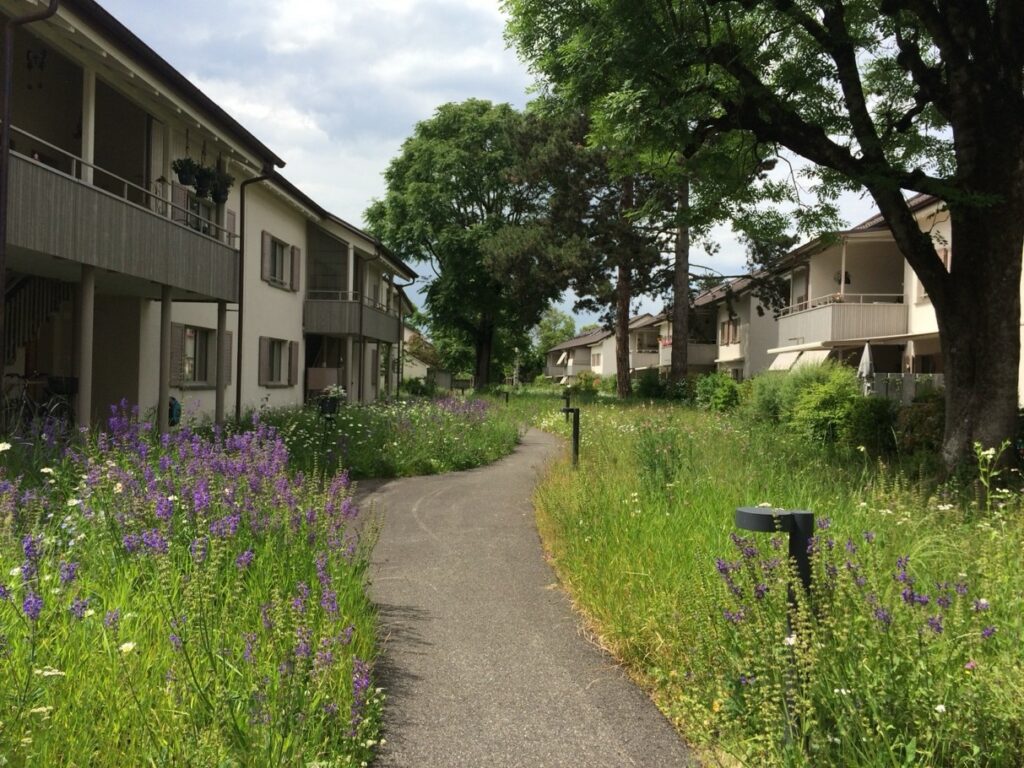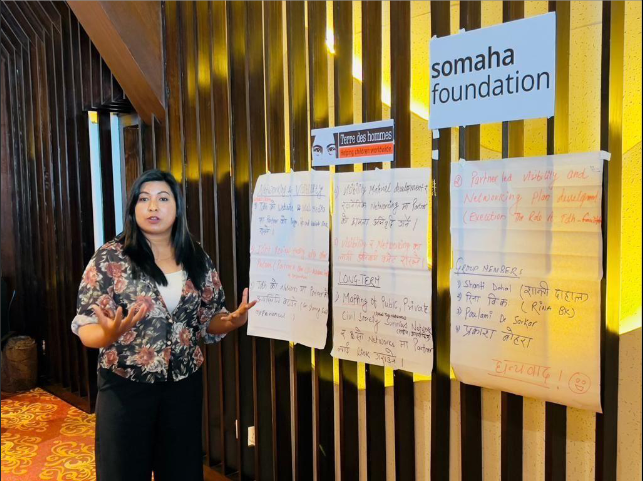Biodiversity in the hazelnut plantation
In January 2024, the final report Vergleich der Artenvielfalt einer Haselnussplantage mit zwei Vergleichsflächen of the hazelnut project initiated by Crowd Container was published. The species abundance of plants, wild bees, grasshoppers, and butterflies in the 2.5 ha, two-year-old hazelnut plantation was scientifically monitored and compared with two other permanent crops (Aronia plantation and half-standard fruit plantation) in the region.
The findings show that the hazelnut plantation is in principle suitable for creating synergies between food production and the promotion of biodiversity. The hazelnut plantation clearly scores best in terms of the number of species and individuals of wild bees. However, a lower species diversity of plants was measured within the hazelnut plantation compared to the two reference plots. This lower species diversity of plants is probably due to the young age of the hazelnut plantation (species take time to colonize). In the longer term, an increase in the general species diversity can be expected in the hazelnut plantation:
- The hazelnut plantation studied is a standard tree plantation and therefore offers valuable habitats that can be used by many different species (e.g. nesting opportunities for birds).
- The plantation does not require intensive management, is not treated with pesticides, and has low nutrient requirements: These are all factors that are in favor of biodiversity.
- The plantation has the potential to further increase biodiversity through additional measures (e.g. alternating mulching and mowing, beneficial flower strips, creation of open soil patches).
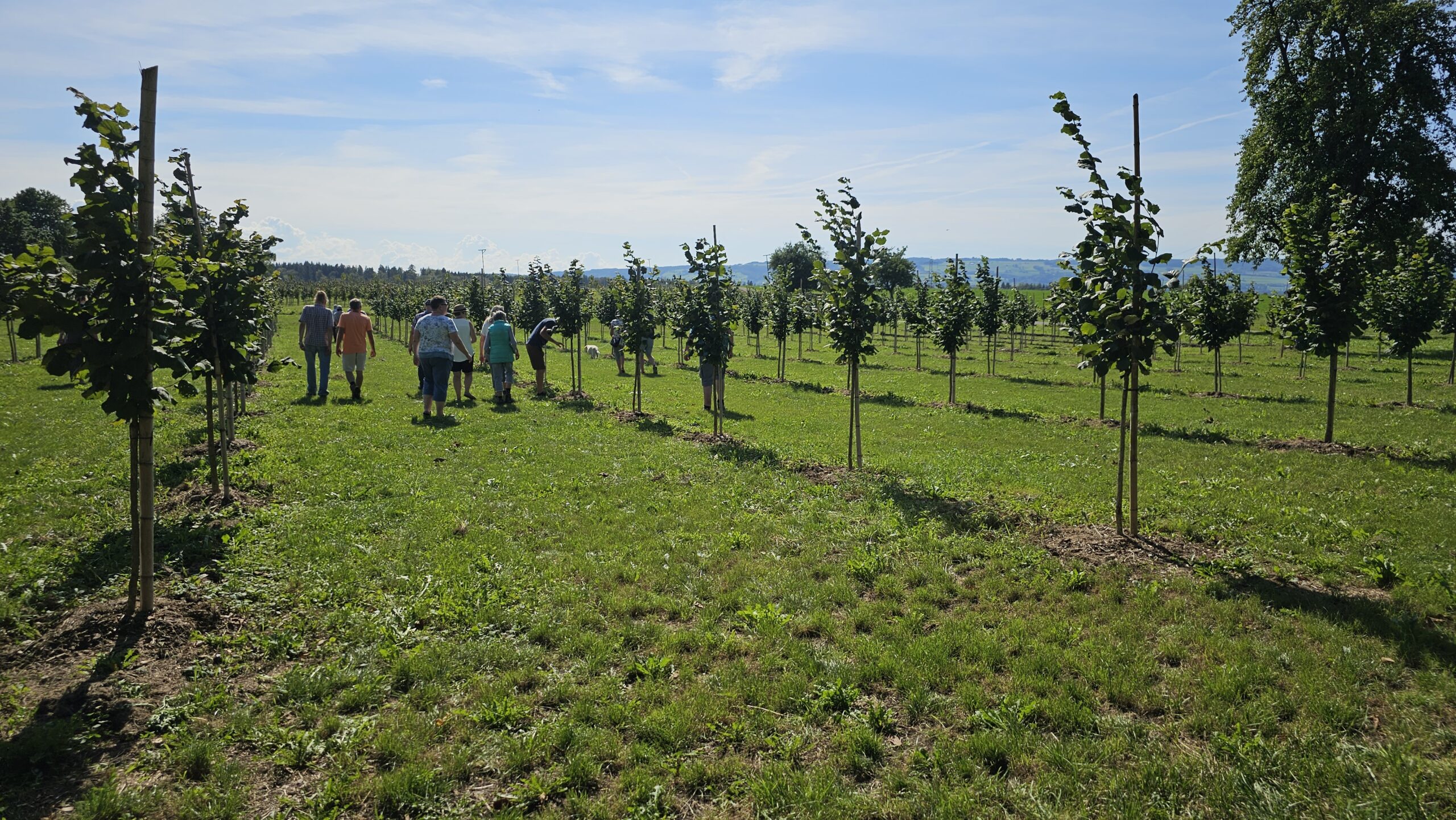
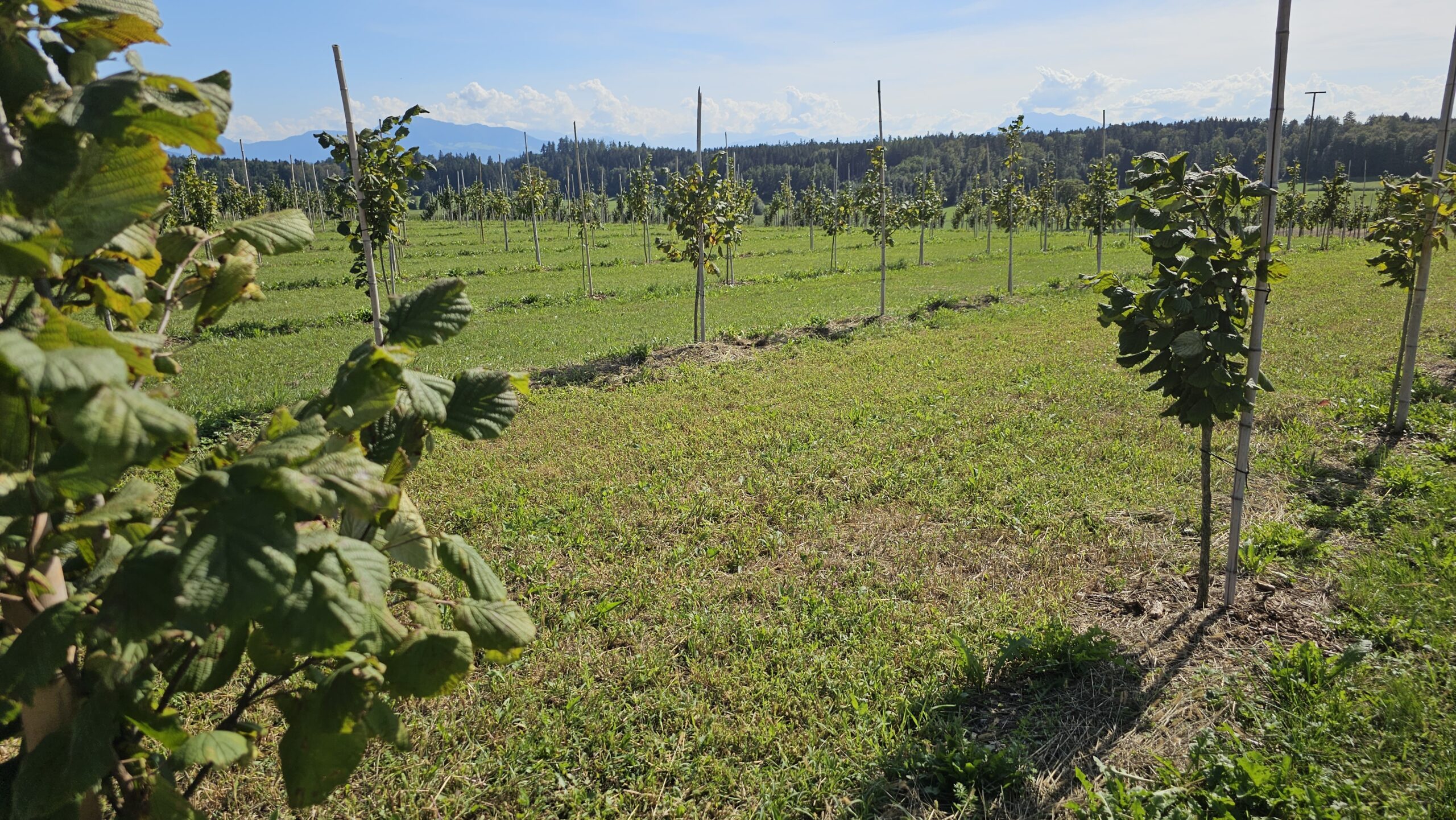
©Crowd Container
The full version of the final report is available here: Crowd Container Biodiversity Report (PDF).
Information about other Somaha knowledge products is available on the Somaha website under Activity.



